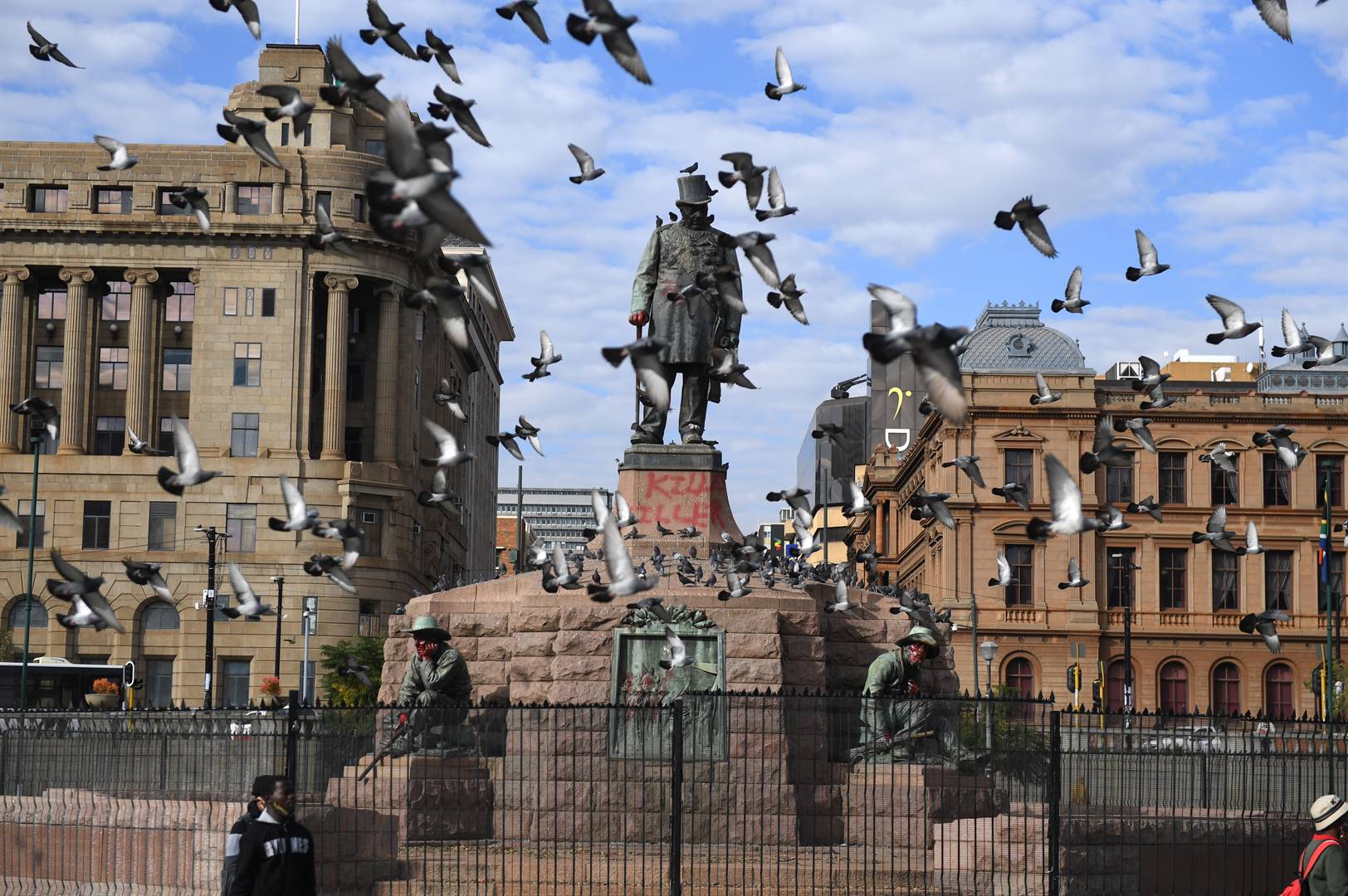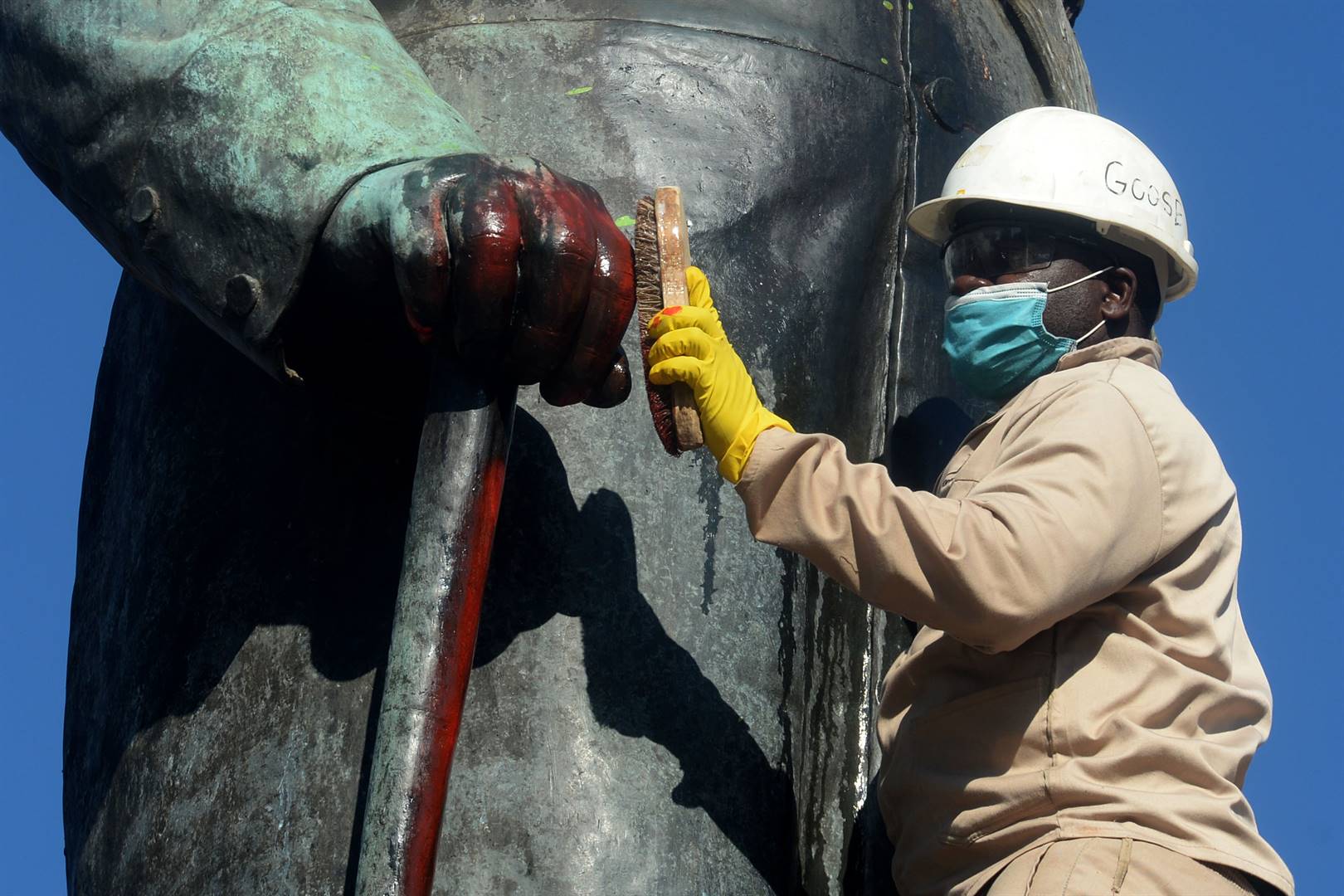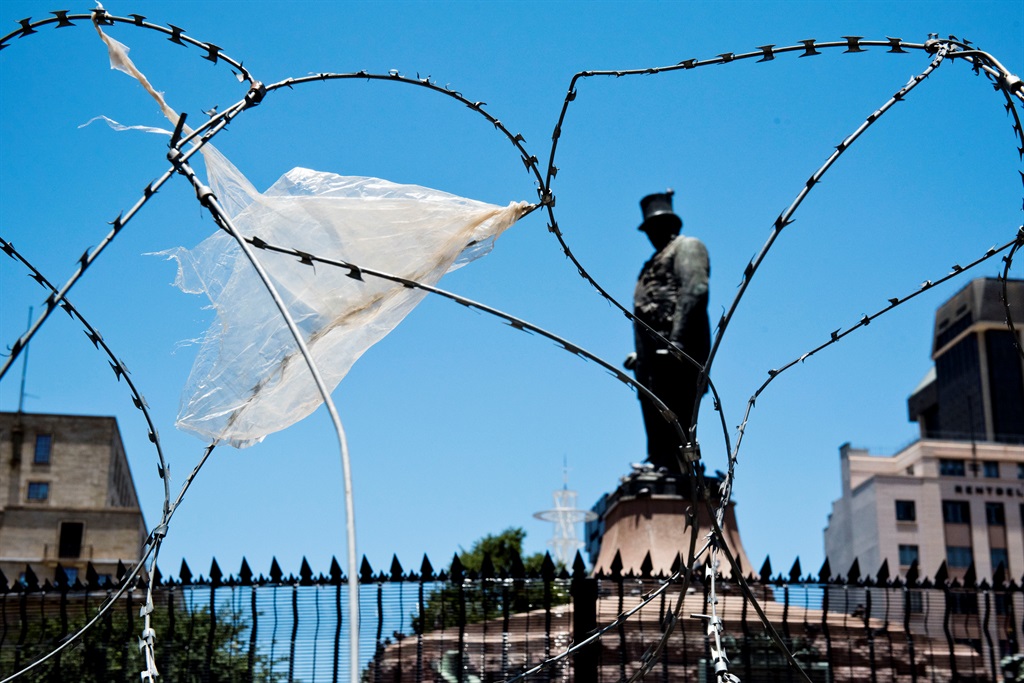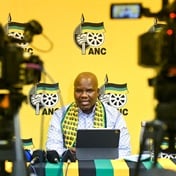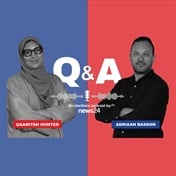
Paul Kruger was the last president of the old Transvaal and a revered figure in Afrikaner mythology. But he also took part in nine wars of dispossession in the mid-1800s, chasing black inhabitants off their land. Should he still be honoured on Church Square? asks Pieter du Toit.
Church Square in Pretoria remains the centre of the old Transvaal. Built in the late 1800s, when the fledgling agrarian republic was starting to see significant revenues accrue to it thanks to the gold rush on the Witwatersrand, it is still abutted by buildings which tell the tale of colonial and apartheid South Africa.
In the south-west corner stands the old Government Building, which housed the South African Republic's legislature. Opposite, in the north-west corner, is the Palace of Justice, where the Rivonia Trial was held and from where the National Party government declared a republic in 1961.
In the western side is the main post office and next to it is the old Nederlandsche Bank, which housed the Transvaal's gold reserves before it was removed ahead of Pretoria's annexation by Lord Roberts and the British in 1900.
And on the north-eastern corner is the first permanent home of the South African Reserve Bank, a fortress-like edifice designed by Sir Herbert Baker and today the offices of the minister and deputy minister of finance.
But the in the centre of the square, looking towards the Palace of Justice, stands the enormous bronze statue of Paul Kruger, the last president of the Boer Republic of Transvaal, guarded by four Boers, or burghers, with their guns lying forlornly across their laps and at their feet.
Kruger is depicted in full ceremonial dress, wearing the sash of the Transvaal government across his chest, with a top hat and tails, and a cane in his right hand. He is mighty and broad shouldered, the master of all that he surveys.
Afrikaner nationalism
The statue and monument, as well as its position, is rich in symbolism and meaning. "Oom Paul", or Uncle Paul, was one of the most revered and venerated figures in Afrikaner mythology, an embodiment of the Boers' stubborn refusal to submit to British rule and a touchstone for Afrikaner cultural and political leaders.
Like with most tragic figures (he fled to Europe before the conclusion of the Anglo Boer, or South African War, and died in solitude in Switzerland in 1904), the Kruger legend grew after his death. And with the rise of Afrikaner nationalism and the need to construct a cultural and political narrative to serve the politics of the day, he was portrayed as one of the original Afrikaner heroes.
The statue and monument itself were only erected on Church Square in 1953, more than 50 years after many of its constituent parts were shipped to Britain as war booty and the statue itself having remained in storage in Mozambique. By the time the first apartheid prime minister, DF Malan, unveiled the monument, it had already stood in two other locations, including in front of the Pretoria railway station.
After 1994 the statue - occupying such a significant focal point in the capital of a democratic and non-racial South Africa - became the subject of much national debate, with many questioning why Kruger should continue to be honoured in such a way.
The statue has since been repeatedly defaced and vandalised, with the Tshwane Metropolitan Council deciding to erect a fence around the statue and monument to protect it from attacks.
It has also become a rallying point for activists on the conservative right who have exploited emotions around the Kruger statue to rustle up support for their own ethno-nationalist causes.
The statue's critics say Kruger is a relic from the oppressive and racist colonial and apartheid era, and that it should be removed so that the city can truly belong to all its inhabitants. Its defenders argue that Kruger is part of the cultural heritage of the Afrikaners and that he should be respected as such.
A Boer republican leader in the middle of democratic South Africa?
The future of the Kruger statue and monument remains uncertain. There is currently no plan afoot to remove it, nor are there plans to reopen the statue and remove the fencing.
Kruger, however, will be the quintessential case study on how South Africa manages to conduct the debate around historic symbols, monuments and statues. He still occupies pride of place in one of the capital's prettiest centres, without any other monument or symbol to counterbalance him in the same space.
For many people, the statue has over decades come to represent values they associate with Afrikanerdom, while for many others it is symbolic of the inherent and institutionalised racism of South African society before 1994.
An assault in Kruger, those Afrikaners who still hold him in awe would argue, would equate to an assault on their culture and heritage. But those who want him removed say the enormous bronze depiction of the old Boer leader is a painful reminder of centuries of oppression and there is no place in modern South Africa to celebrate a figure central to that history.
Kruger remains a contested figure, even in the most charitable of historic accounts. He was regarded as unsophisticated and boorish by the British, and historians have written extensively about his involvement in government corruption and gerrymandering of Transvaal elections.
But he was also the Afrikaners' spiritual leader in their bitter war of resistance against the British, a war whose consequences has become the most important point of reference in the collective consciousness of almost all Afrikaners. And ultimately a war which saw black South Africans lose any right they had to their country for a century.
Conversely though, Kruger is symbolic of black dispossession, oppression and racism. He stood at the head of a republic that was established after the region's original inhabitants were driven out.
He was part of the Great Trek that caused enormous bloodshed and the led to the banishment northwards of whole tribes during the mid-1800s. And even though colonial history might fast be fading from view, Kruger became symbolic of Afrikaner nationalism during apartheid, with his dreams of an Afrikaner republic finally being realised thanks to the rise of the National Party.
Augmenting the Kruger monument, or removing it altogether
There is enough literature to argue, as Adam Habib and Alexandra Leisegang do in the 26 June edition of Friday Briefing, that one should be careful to judge historical figures out of context. They are all products of their time, just as modernity is the product of hundreds of years of social evolution.
Habib and Leisegang argue that one way to deal with contentious historical artefacts is to re-imagine them, to add to existing monuments in order to put it into the present context. That could mean that the Kruger statue and monument could be augmented by another monument or statue to balance the incongruence of a Boer republican leader standing in pride of place in a democratic Pretoria.
Many, however, would want to see the statue removed altogether. Others argue that it is exactly where it should be, in the middle of the old republican Transvaal.
Statues and monuments are meant to honour or commemorate historical figures or events. Governments and politicians have always used them to advance some or other ideology or mythology. It was that way with Kruger, and it will be that way with any statue or monument erected or built in future.
Where depicted events or figures divide rather than unite, where it causes bitterness and resentment instead of understanding and compassion, it serves no purpose other than arousing antagonism and sorrow.
If the Kruger statue and monument is an example of such, and if it cannot be contextualised, it should be removed.
Sources:
The Pace of the Ox: A Life of Paul Kruger, Marjorie Juta (1937)
The Afrikaners: Biography of a People, Hermann Giliomee (2003)
Diamonds, Gold and War: The Making of South Africa, Martin Meredith (2007)
Historical Monuments of South Africa, JJ Oberholster (1972)



 Publications
Publications
 Partners
Partners




